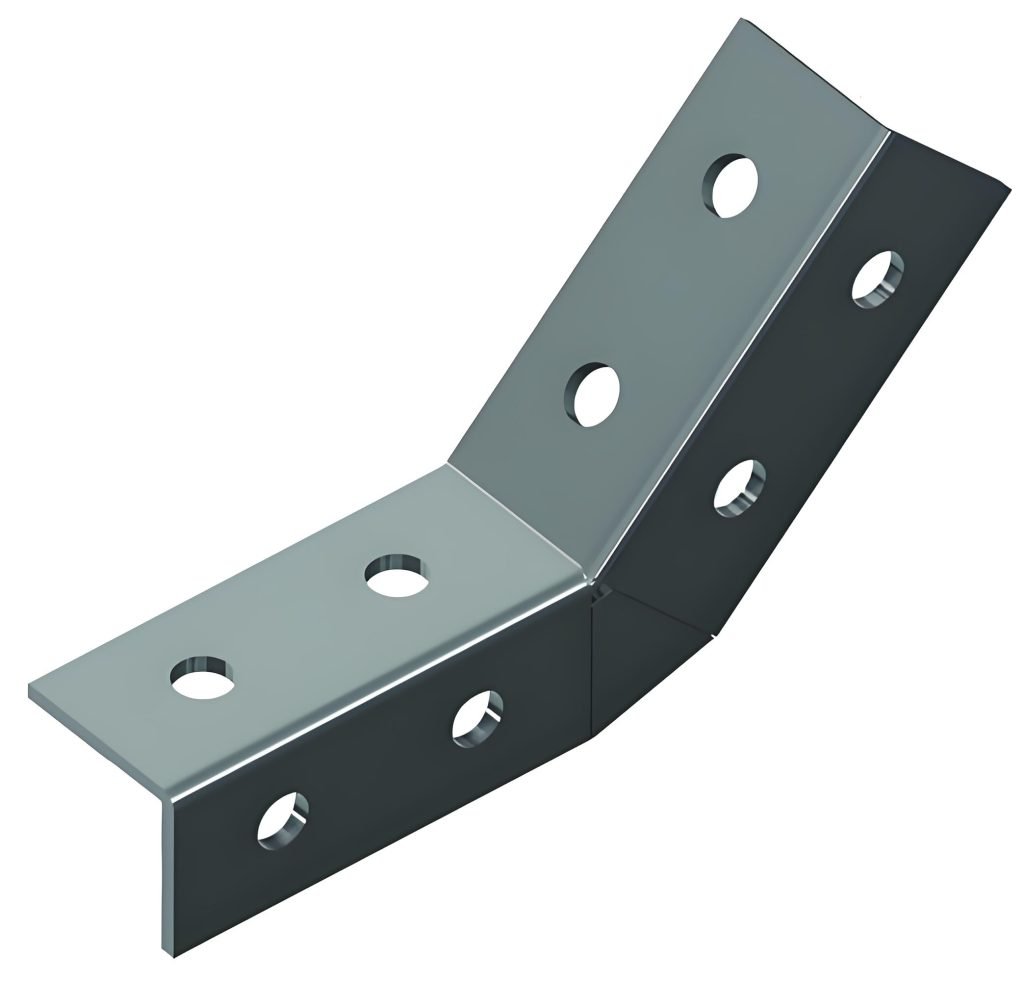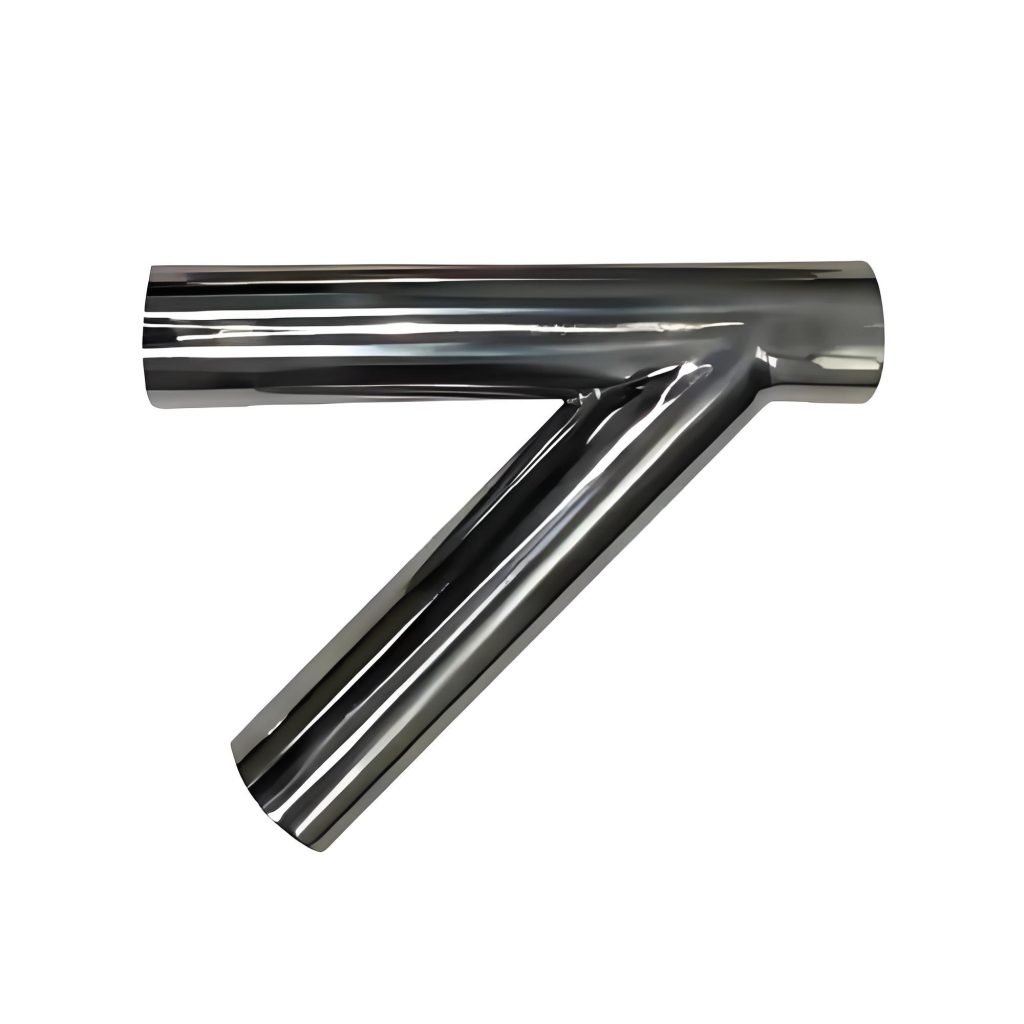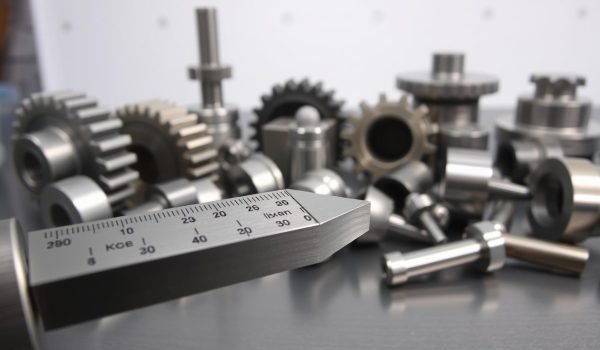In the world of engineering, precision is key. One crucial aspect of precision is the use of bevels, which are angled or inclined edges on surfaces that serve both functional and aesthetic purposes. Most edges in applications are not perfectly sharp; instead, they are beveled for mechanical and practical reasons.
By mastering the art of beveling, you can significantly enhance product performance, extend service life, and improve manufacturing efficiency. This comprehensive guide will walk you through the fundamental types of bevels, their specific applications across various industries, and the specialized tool used to create them.
Understanding Bevels in Engineering
Bevels play a crucial role in engineering by smoothing out edges and corners, enhancing both the functionality and aesthetics of designs.
What is a Bevel?
A bevel is a sloped edge that connects two surfaces at an angle other than 90 degrees. This angled edge effectively eliminates sharp corners, creating a smoother transition between faces. The Bevel tool in engineering design allows for the creation of chamfered or rounded corners on geometry, replacing sharp edges with smooth profiles.

How Bevels Work in Engineering Design
In engineering design, bevels serve multiple critical functions, including stress distribution, improved material flow during manufacturing, enhanced aesthetics, and increased safety by eliminating sharp edges. Bevels work by redistributing forces that would otherwise concentrate at sharp corners, thereby reducing the risk of crack formation and structural failure under load conditions.
Bevels vs. Chamfers vs. Fillets
While often confused, bevels, chamfers, and fillets have distinct differences. Bevels typically refer to angled cuts that can have various profiles, chamfers are specifically straight-angled cuts (usually 45°), and fillets are rounded concave transitions. Understanding the difference between these terms is crucial for making informed decisions in engineering design.
By grasping the fundamental principles of bevels, you can make informed decisions about when and how to incorporate them into your product designs for maximum benefit.
Types of Bevels and Their Applications
Bevels come in various types, each serving a distinct purpose in engineering applications. The choice of bevel type depends on the specific requirements of the project, including the material being used and the desired outcome.
Common Bevel Types
Several common bevel types are used in engineering, including V-bevels, J-bevels, U-bevels, and compound bevels. V-bevels are the most widely used, creating a simple angled cut ideal for welding preparation and edge finishing.
Bevel Angles and Profiles
Bevel angles typically range from 15° to 45°, with 30° being standard for many applications. The angle and profile of a bevel directly affect its performance, influencing factors such as weld strength and material consumption.
Engineering Applications of Bevels

In welding applications, bevels create essential groove space for proper weld penetration. Structural engineering relies on precisely beveled edges to ensure proper load distribution and stress management. Bevels are also used in consumer product design for safety and aesthetics.
By understanding the different types of bevels and their applications, engineers can make informed decisions about their use, leading to improved project outcomes.
Beveling Tools and Equipment
The right beveling tools can significantly enhance the quality and efficiency of your engineering projects. Beveling is a critical process that requires precision and the appropriate equipment to achieve the desired edge quality.
Manual Beveling Tools
Manual beveling tools, such as hand files, deburring tools, and manual edge bevelers, are cost-effective options for small-scale projects or occasional use. These tools are ideal for situations where precision requirements are moderate.
Electric and Pneumatic Beveling Machines
Electric and pneumatic beveling machines offer significant advantages in speed and consistency, reducing operator fatigue. Modern systems can process up to 10 times faster than manual methods, making them ideal for high-volume production.
Measuring and Testing Bevel Quality
Quality control for bevels involves precise measurement using specialized tools like bevel protractors and digital angle gauges to ensure consistency and adherence to engineering specifications.
Selecting the Right Beveling Tool
When choosing a beveling tool, consider factors such as material type, required bevel angle, production volume, and operator skill level to achieve optimal results.
Conclusion: The Value of Proper Beveling in Engineering
To summarize, beveling is a critical aspect of engineering that impacts product performance and manufacturing efficiency. Proper beveling is not merely an aesthetic consideration but a vital engineering practice that directly affects product safety and performance across various industries.
By understanding the fundamental principles, types, and applications of bevels, you’re better equipped to make informed decisions about incorporating these features into your engineering designs. As manufacturing technologies continue to evolve, mastering the strategic application of bevels will give you a competitive edge in designing products that are both functionally superior and cost-effective.




